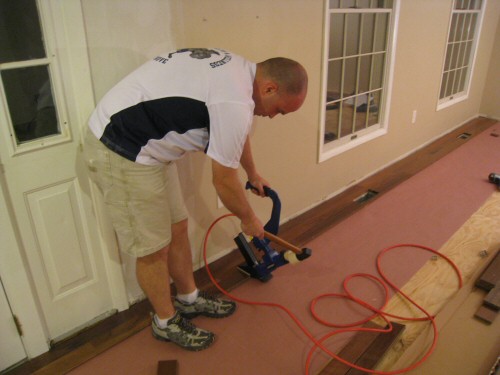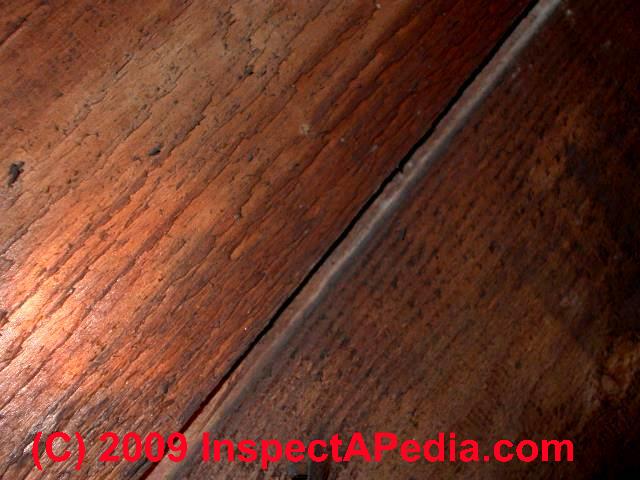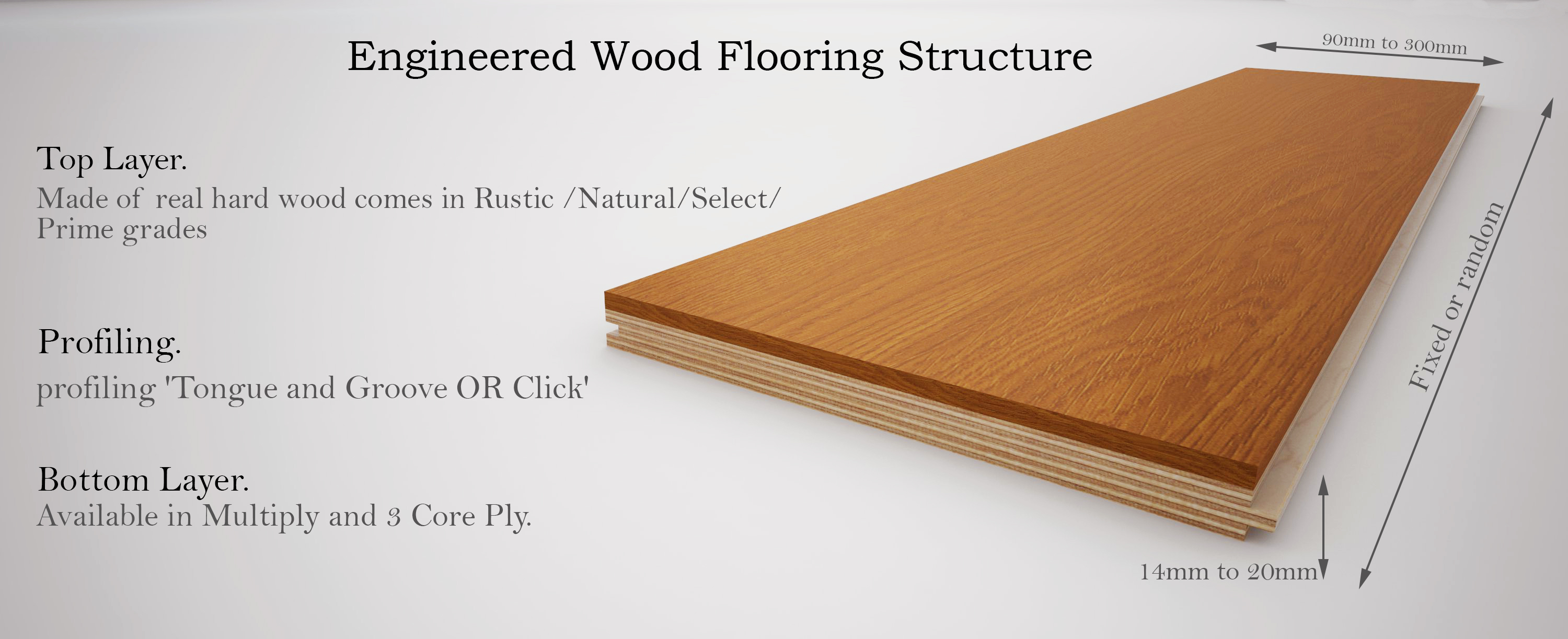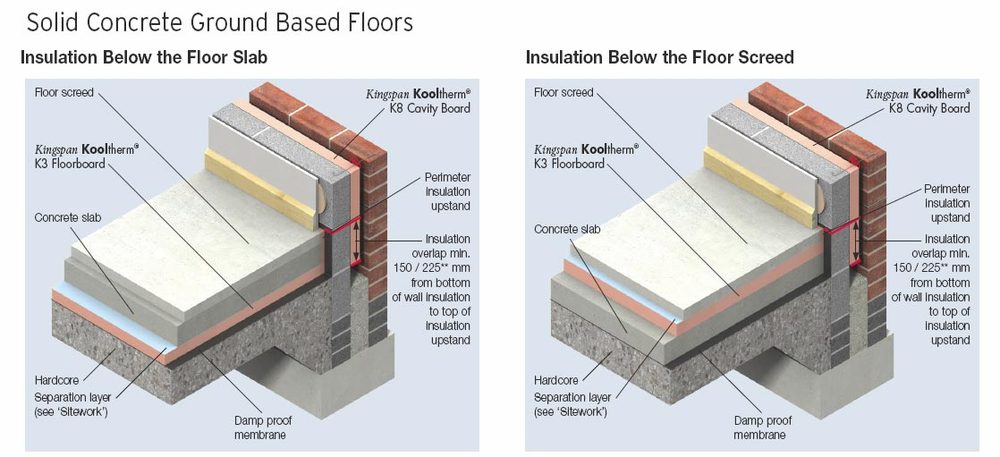Wood floor boards separating, often called gapping, is a common issue that can affect the appearance and functionality of your flooring. This occurs when boards shrink and pull apart, leaving visible gaps. Seasonal changes in humidity and temperature are primary causes, as wood naturally expands and contracts. While some gapping is normal, excessive separation can lead to drafts, dirt accumulation, and even structural concerns. Understanding the causes and solutions helps maintain the beauty and integrity of your wood floors.
Preventing wood floor boards from separating starts with proper installation and acclimation. Before installation, allow the wood to adjust to your home’s humidity levels for several days. Using a moisture barrier during installation can minimize future gaps. Maintaining consistent indoor humidity, ideally between 30% and 50%, reduces the risk of excessive expansion and contraction. A humidifier in dry months and a dehumidifier in humid months can help stabilize the environment. These steps ensure your floors remain stable and gap-free.
Addressing existing gaps depends on their severity. For minor gaps, wood fillers or putty can provide a temporary fix, blending with the floor’s color. For larger gaps, professional solutions like board replacement or sanding and refinishing may be necessary. In some cases, using a rope or cord to fill gaps adds a rustic charm while solving the issue. Regular maintenance, including cleaning and inspecting for gaps, helps catch problems early. Prompt action prevents further damage and keeps your floors looking their best.
Choosing the right type of wood can also minimize separation. Engineered wood, with its layered construction, is less prone to gapping than solid wood. Quarter-sawn or rift-sawn boards are more stable than plain-sawn options. Properly sealed and finished wood resists moisture absorption, reducing the likelihood of gaps. Consulting a flooring professional during selection ensures you choose materials suited to your climate and lifestyle. This proactive approach saves time and money in the long run.
Wood floor boards separating can be frustrating, but with the right knowledge and care, it’s a manageable issue. Proper installation, humidity control, and timely repairs keep your floors looking beautiful and functional. Understanding the causes and solutions empowers you to maintain your investment effectively. Whether you’re preventing gaps or addressing existing ones, these steps ensure your wood floors remain a cherished feature of your home. It’s a small effort that preserves their timeless appeal.
8mm Laminated Floor Board Building Materials Online
How to Lay the First Board In a Hardwood Flooring Installation
Two floor boards were removed to allow the plywood
Replacing a Hardwood Flooring Board
Wood floor types, damage, diagnosis & repair damaged wood floors
Which Is Better, 3 ply or Multi-Ply Engineered Flooring? – Wood and Beyond Blog
How to Repair Hardwood Plank Flooring how-tos DIY
How to Buy Wood Flooring The Family Handyman
Technical Hub Insulation Boards Kingspan Ireland
Related Posts:












